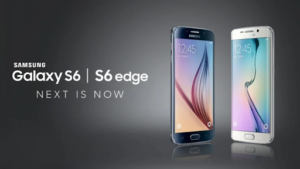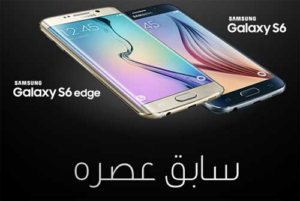Transcreation Services
Building your brand identity and creating a marketing campaign requires a lot of creativity and consideration. And when it comes to communicating with your audience abroad, you need to make sure that the idea behind your message resonates with the particular language and culture. That’s where transcreation comes in.
Transcreation (from translation and creation) is a method of creative translation that preserves the intent, emotion, and tone of the original copy. It transforms your brand’s message for global audiences to connect with customers on an emotional level. Your message speaks to them. They feel understood and remember you.
Closer to copywriting than translation
While a good translation often requires a certain degree of adaptation, transcreation usually calls for a total adaptation of the message and the tone of voice to remain consistent with the concept of the original message. Therefore, transcreation is associated with copywriting because it requires the same creative writing skills that copywriting does.
More than just words
Our language experts will ensure that all the creative elements of your materials, such as imagery, colour, and layouts, align with the local market and the ideas behind the new wording. The ultimate goal of the new copy is to provoke a response, and this often requires new images that work together with the new messaging.
Capturing the uniqueness of each language
What works in one language, may not work in another one and vice versa. For example, McDonald’s decided not to translate its motto “I’m loving it” into a number of languages to remain faithful to its American feel. Instead, they opted for the slogan “It’s good to get together” in other countries to better suit their culture. As long as you connect with your target audience, the message is right.
Types of materials and documents
- Brochures
- Leaflets
- Websites
- Social media
- Videos
Our transcreation process
We follow this 5-step process:
- Transcreators dive into your brand, looking at your tone of voice and products or services to fully understand what your company stands for. For this reason, just as you would brief your copywriter, you should also brief your transcreator, defining your objectives, your target audience and your tone of voice.
- They then study the reason behind the message and the desired response to come from your marketing materials, taglines or slogans.
- Now is the time when they create a message in a new language, adapting the original copy as much as needed to evoke the desired response in your local target market.
- Sometimes transcreators will provide a few options since the new messages may be based on different ideas and concepts. Your team can review the options and see which message best fits your brand.
- Lastly, the language experts provide back translations into English, or a language you can understand, so that you can assess the new messages.
Transcreation FAQs
What is the difference between translation and transcreation?
Translation is key to communicating successfully with your potential customers abroad, but transcreation can help in ways translation cannot. When word-by-word translation does not work, transcreation is used to create a new message that works in the new language and maintains the impact and meaning of the original text across borders.
There are also differences between translation and transcreation in terms of the purpose, the level of adaptation, the emotional connection of readers and the type of materials:
| Translation | Transcreation | |
| Purpose | Inform | Trigger a response/action |
| Level of adaptation | Close to the original, although not literal | Stays away from the original as much as needed |
| Emotional connection of readers | Low | High |
| Type of materials | Manuals, user guides or press releases | Slogans, taglines or marketing campaigns |
Learn more about the differences between translation and transcreation and discover what is the right solution for your needs.
Do I need translation or transcreation services?
Translation and transcreation often work together in the same text. For example, if you are translating a hotel website or a new car brochure, there may be emotional messages throughout the copy that will require transcreation, while other sections will only need to be translated. A language service provider will be able to provide guidance about what is the best way to approach your project.
What is an example of transcreation?
A great example of transcreation is the tagline for the Samsung S6 into Arabic. The English tagline reads “Next is now”, which is based on the idea that the smartphone is equipped with the latest (or future) technology.




